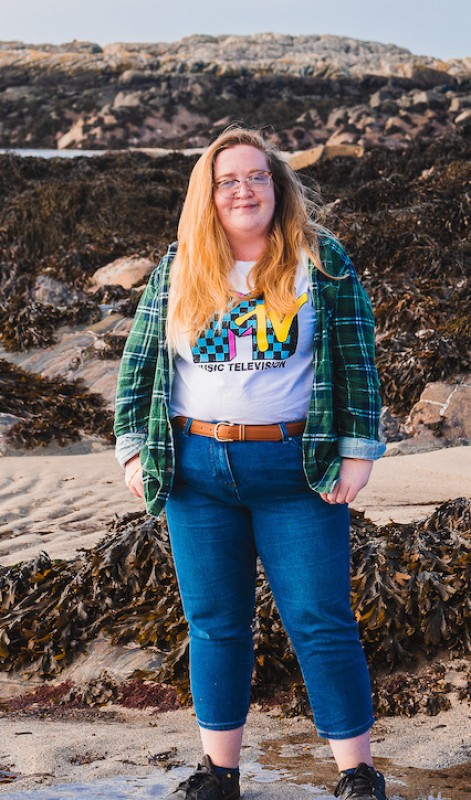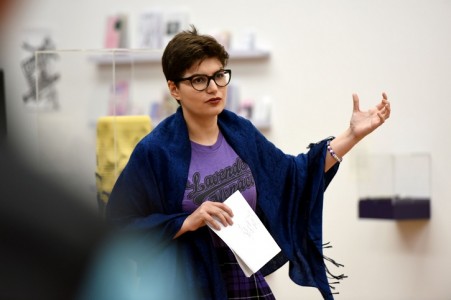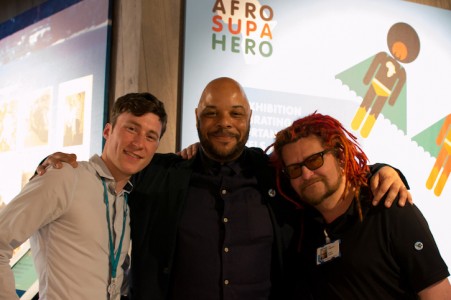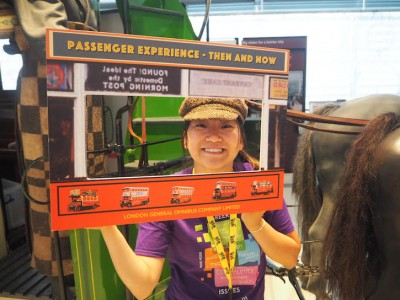For Art UK's 'Being...' series, we take a look at a day in the life of a professional working in the arts, heritage or museum sector.
Anna Lehr
What's your role?
I currently hold two different job titles within the learning and access department of Glasgow Museums. Three days a week I am working as Learning and Access Curator for schools and two days a week – every second weekend and alternating Mondays and Fridays – as a Learning Assistant at Kelvingrove Art Gallery and Museum. While my curator role focuses on the more strategic remit of overseeing, coordinating and promoting the schools programme at five different Glasgow Museums venues (Gallery of Modern Art, People's Palace, Scotland Street School Museum, St Mungo's Museum for Religious Life and Art, and Provand's Lordship), my role as Learning Assistant is very hands-on: I develop and deliver workshops, talks and tours for both formal and informal audiences of all ages, background and abilities.
What's your morning routine?
I like to wake up really early so I have enough time to ease myself into the busy day ahead. The very first thing every single day for me is coffee otherwise I cannot function. I then practice yoga, either in my flat or in a studio close to Kelvingrove whenever I am based there. Alternatively, I do a spot of meditation or prayer before getting ready and having some breakfast. I am a bit of a health and fitness fanatic so it will be protein pancakes, muesli or buckwheat porridge. I also like to chat
What's your journey to work like?
Most of the time I am on my trusted bicycle since I hate public transport with a passion – I am originally from Germany and when a bus is meant to turn up at 8.37am I expect it not to be a minute late and get very frustrated when it is! I love the freedom, exercise and time to think that riding a bike gives me. I am convinced it makes everybody a better person since you have to deal with so many aggressive motorists. You have to learn to let things go and not engage with dodgy situations and people. Since I am working between six different venues, and often have to move from one museum to the other within one day, it is a lot more practical to cycle there then to get stuck in traffic. It is only on really bad weather days when I am really tired or have to transport anything bulky that I take my car.
What's a typical morning at work for you?
Whenever I am working as a Learning Assistant it is all-go from the minute I get to the museum around
Anna at work with a school group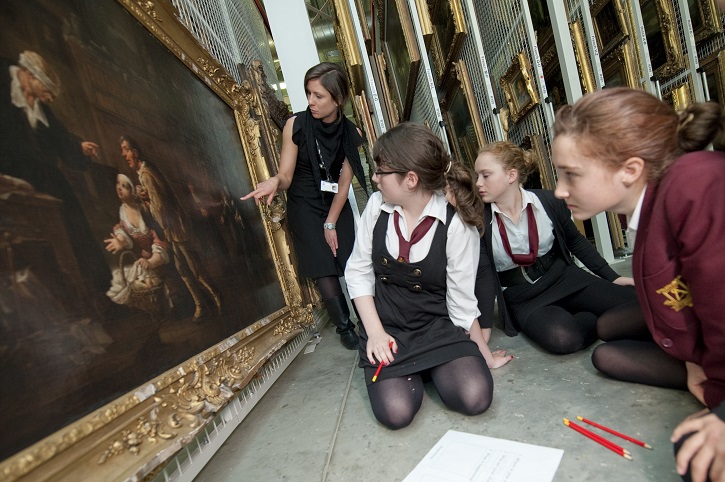
At weekends the schedule is a bit more relaxed and I can use the morning to prepare resources, write new workshops, research more complex topics, plan events with my colleagues and communicate with other departments. It is fantastic to work with the subject curators on specific topics: they all have a wealth of knowledge and are as keen as my department to diversify audiences and make collections accessible.
When it is a 'curator day' for me I start my mornings by catching up on emails and touching base with my colleague with whom I job-share. We compare to-do lists, which can consist of writing up resources and funding applications, checking stats and evaluations with the schools booking-hub, and planning events and Continuing Professional Development courses to promote our programmes to teachers. We also often meet partners such as local teachers and organisations to make sure our programmes meet the needs of learners across the city, so again being on my bike is very handy.
What's for lunch?
I always meal-prep and, believe it or not, for most of my adult working life had exactly the same lunch every day – a huge salad or pile of steamed vegetables with some form of protein: mostly boiled eggs or Quorn and some rice cakes. My colleagues keep making fun of me but if I eat anything heavier I would fall asleep straight after!
What's a typical afternoon like?
As a Learning Assistant, afternoons mean more workshops, during the week for schools and community groups, and on weekends family activities relating to different parts of the collection. After
On curator days, the afternoons are filled with liaising with partners and preparing networking events and I often stay late for after-hours sessions in order to secure new partnerships and tailor content to our service users. My two job roles really complement each other and I think the fact that I work both as frontline staff as well as 'behind the scenes' means that I have a well-rounded idea of what a successful learning experience for visiting groups must entail.
What do you do after work?
I usually head straight to the gym, or go for a swim or run, before returning home and hoping that my partner Scott has already made a huge veggie dinner! If not I will have 'Abendbrot' – a traditional German and very convenient evening meal consisting of dark rye bread, different cheeses, boiled eggs, pickles and other bits and pieces that can be flung together very quickly, since I am always ravenous the minute I walk through the door.
Anna Lehr performing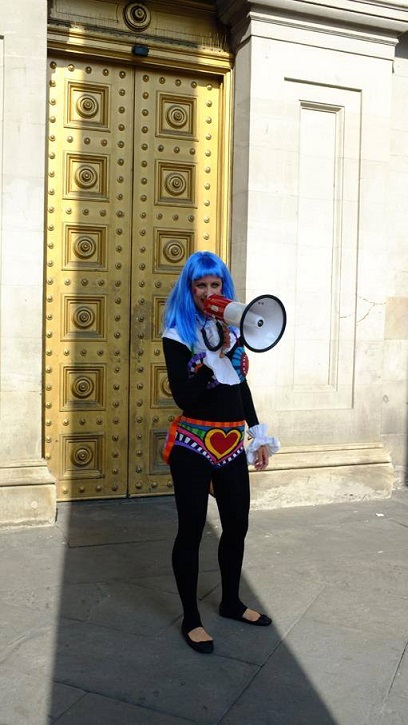
Besides my full-time job, I am also a professional storyteller and performer. I get commissioned on a regular basis by organisations such as the Scottish National Galleries or the Scottish Chamber Orchestra to devise one-off events on their premises, to bring their collections 'to life' or attract new audiences. Last year I got invited by
Freelancing also means working from home on my days off, taking annual leave to make rehearsal and performance times and being even more creative than in my day job, so most nights I am exhausted and hardly make it past
Anna Lehr, Glasgow Museums
Do you work in the arts, heritage or museum sector? Would you be kind enough to share an example of your working day for our 'Being...' series? Please get in touch with Art UK at pitches@artuk.org as we'd love to hear from you.




